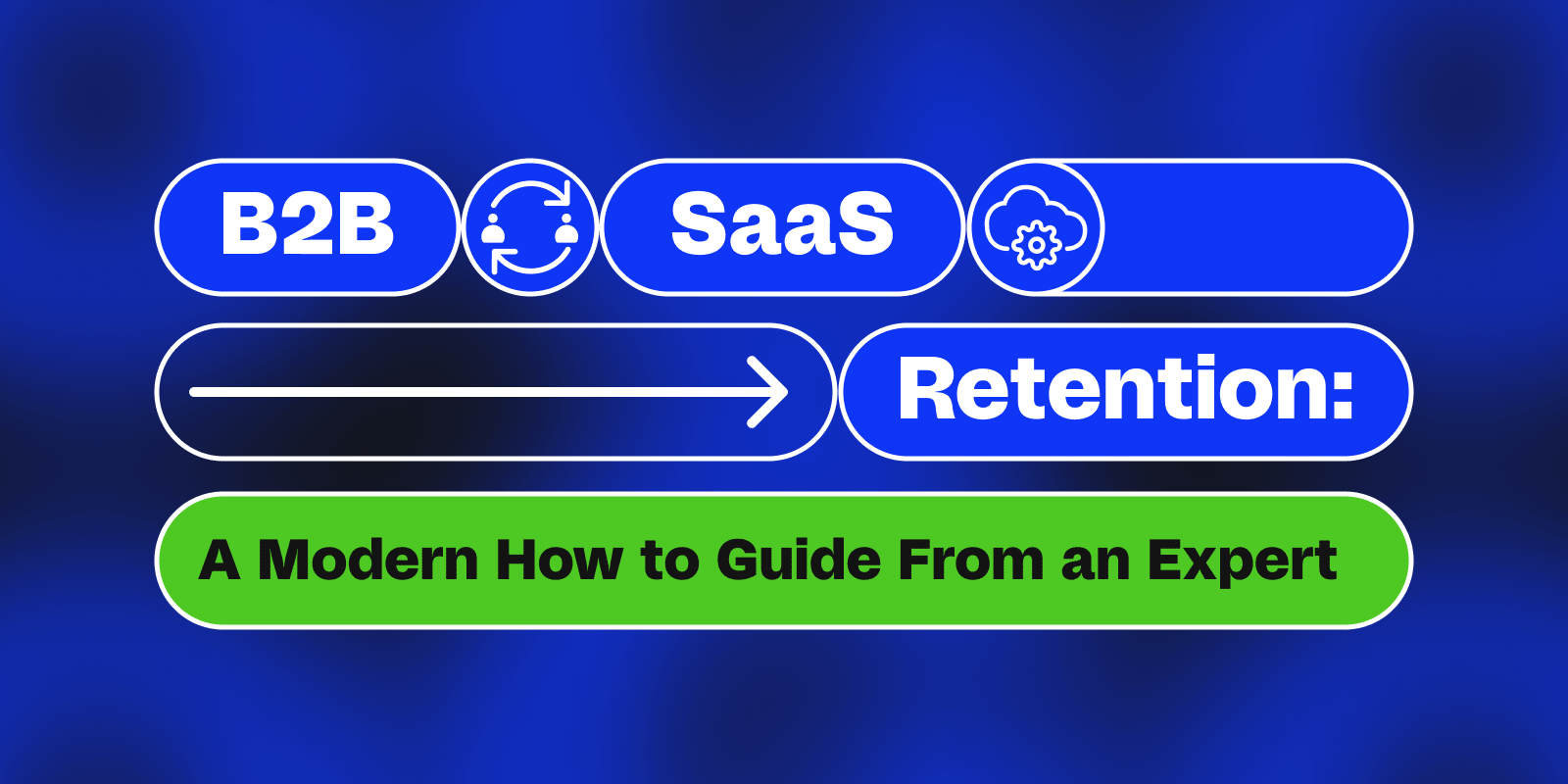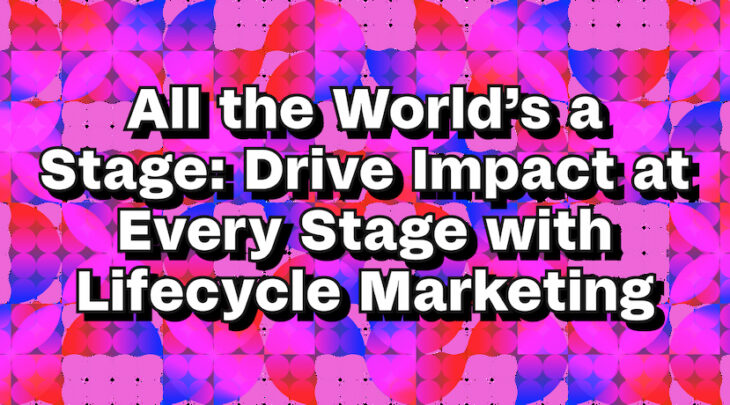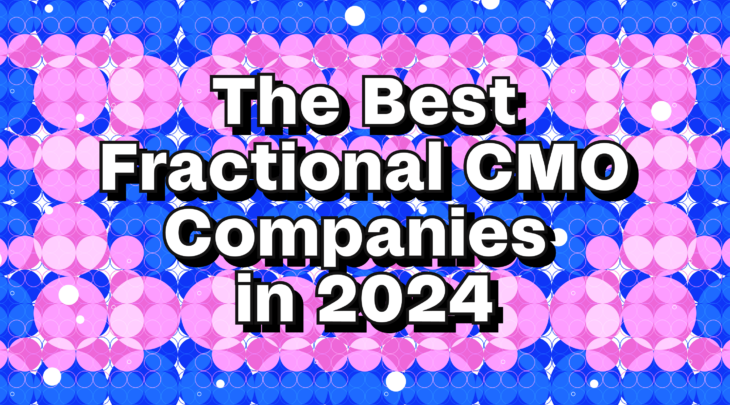B2B SaaS companies are very much their own breed in the business world. They operate within the confines of the business world, they’re generally high cost, and often require long-term commitments with little-to-no flexibility for teams. While these particulars of industry can make navigating growth a complex & labrynthian task to navigate, there’s argument to be made that these same particulars create clearer pathways for retention in the space.
For B2B SaaS outfits in post-conversion circumstances, the same roadblocks and challenges that made the road to conversion so tumultuous can, if properly navigated, be leveraged to nurture retention.
Due to the nature of the B2B SaaS industry and the terms of their contracts, retention is a determination that is made over the course of months, or even years — rather than days or hours. With traditional B2C SaaS companies, churn can be inspired by something as simple as a poorly timed email, or seeing a recurring charge reminder on financial statements. With B2B SaaS, however, once a commitment is made, there is no opportunity for churn until the contract terms have ended.
This doesn’t mean, however, that customers can be forgotten during their contract period; it’s actually the opposite. For each day, week, month that a customer is under contract, they are just as much being nurtured – just as they would be a new customer – for renewal at the end of their contract. Afterall, retention is far cheaper than acquisition. To accomplish this, there are 3 core strategies that can be followed in order to build trust, retain relationships, and – as always – develop customers into advocates.
- Product-led retention
- Community-led retention
- Content-led retention
While true that, at their core, B2B SaaS companies are selling a service — the reality is that success is built upon building and selling ecosystems. Customers will be interacting and relying upon your service from day-to-day, but it’s the additional touch points that will add to the experience in order to provide the value add and sense of inclusivity, and to a point exclusivity, that will encourage retention with customers.
Let’s dive in.
Product-led Retention for B2B SaaS
Product-led growth as a mechanism for conversions has become a staple of nearly all B2B SaaS growth strategies — with many organizations thinking that the product is finished when conversions occur. This is wrong. Product, like most things in a successful business, is a working solution that can – and should – be constantly monitored & optimized both for future current and future customers.
It’s important to remember that, no matter how long a customer has been buying your services, each customer at time of renewal is a prospect once again. This is a helpful mentality for two reasons:
1. It provides insights that can be leveraged to improve product for existing customers
2. It provides insights that can be leveraged for guiding future customers through the customer journey
In the same way that we, as consumers for B2C brands or even traditional media like movies or television, expect something new with each passing season, or each new iteration of a product offering — businesses expect new from their SaaS providers. By adding features, optimizing existing features, and otherwise improving the user experience, B2B SaaS projects are able to provide additional value to potentially upsell existing customers, if not simply retain them.

Perhaps one of the greatest examples of this in the modern B2B SaaS space has been Figma and their community-driven approach to product which ultimately led to their recent Adobe acquisition.
While community has been a massive keystone to their success, the company has always understood taking a product-first approach to retaining their audience. Through their various platforms, they allow not only the suggestion – but implementation – of new features as dictated by the community. New features, plugins, and other forms of upgrades are not saved just for annual releases and updates, but rolled out in real time at the pace of the customers that rely on them.
In turn, they are able to nurture retention in ways that their (now parent) company has struggled with for years with their users loyally returning from project to project, gig to gig, and even as freelancers or independents.
Community-led Retention for B2B SaaS
While it’s not realistic to expect that a B2B SaaS business will be able to provide solutions to every particular piece of customer feedback that is given -— keeping an open dialogue with customers can be the difference between churn and retention. While it is true that there is no saving the fallout from potential bugs or flaws of a particular B2B SaaS offering, often times these flaws can be overcome just through the development of relationships with customers through representatives who give them a voice, as well as the understanding and acknowledgment that something is being done about it.
With the advent of GPT3 & other AI-driven customer service solutions, it’s easy for those utilizing a B2B SaaS service to feel as though they’re abandoned in a post-conversion world. This doesn’t, however, mean that each customer needs a rep, or that chat-driven customer services tools aren’t a viable option for fielding inquiries and resolving issues with customers.
While having a robust team of reps is absolutely preferable to AI, having a community-driven approach to resolving issues and aiding in retention — with many businesses adopting message boards, Slack channels, Discord servers & subreddits, these are a few of the many means for retaining customers.
In addition to acting as a repository for questions that customers can refer to if they run into a problem that someone has potentially had in the past, there is an immense value to bringing like-minded people together with the intention of building & nurturing relationships that will become a part of the consideration process when the contract renewal comes around.
Exclusivity can also have an appeal within industries where these communities and platforms welcome prominent figures for organizations that utilize their services. The community then becomes an additional benefit to the price of the service since it also produces access & interactions with other professionals that can catalyze the growth of those other businesses in the community.
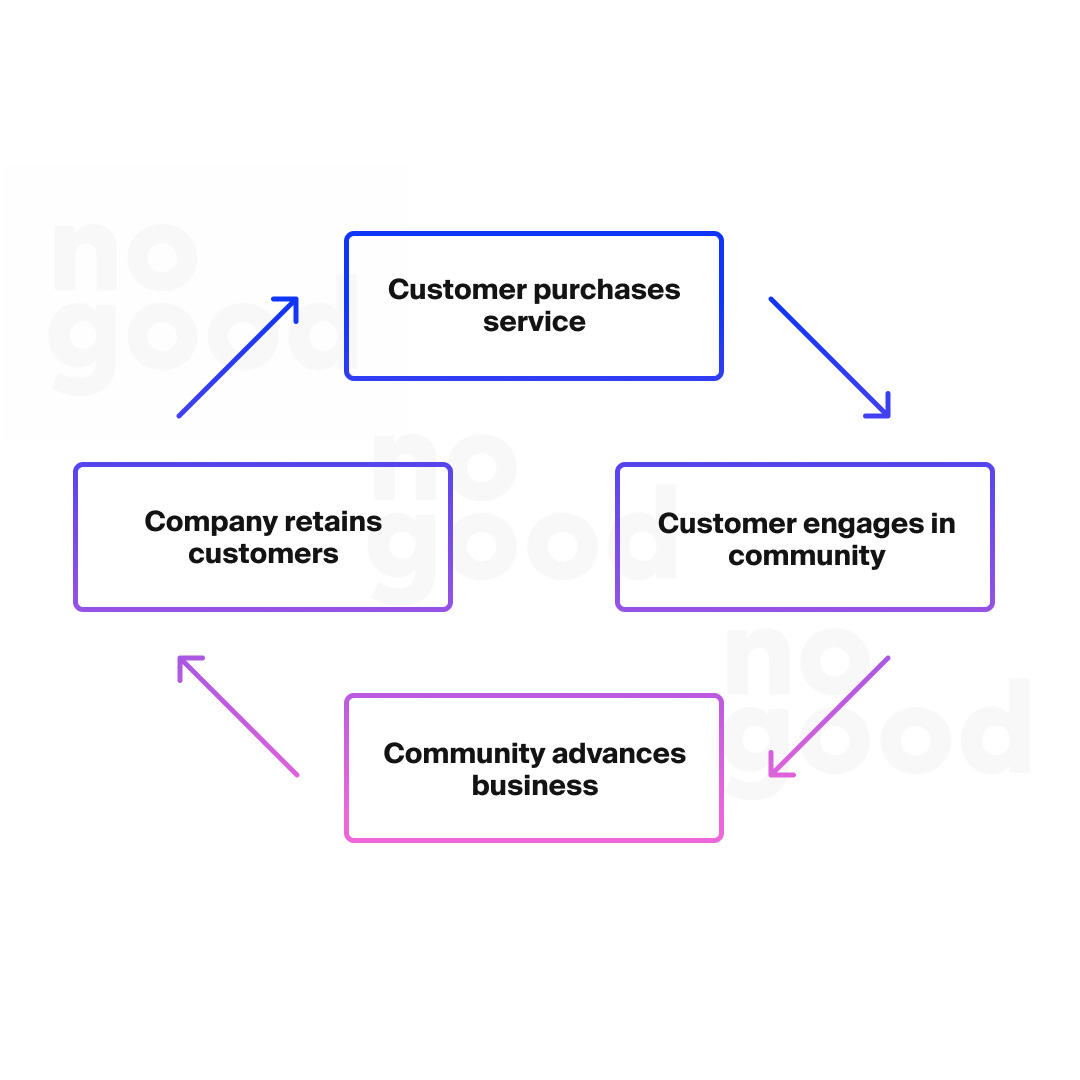
If we were to look at WeWork as an example, while the business itself is essentially just a provider of coworking space, the model itself has been optimized for retention through its focus on community & nurturing interactions & access among members. Upon first sign-up, members might be only looking for an affordable and flexible workspace, but upon time of renewal they may find themselves citing the people they’ve met and professional connections they’ve made to help grow their business as reason for staying & renewing.
Content-led Retention for B2B SaaS
Extending off of the concept of exclusivity, content can be leveraged for both exclusivity and retention for those customers who we’ve successfully converted. This can be leveraged in a number of ways that elegantly mesh with both product & community to help in developing an ecosystem for those utilizing your services to optimize for retention.
Similarly to how communities can be utilized to help alleviate and address issues & feedback loops with customers, so can content. By monitoring and engaging in the communities that we’ve developed for our businesses, we can likewise translate the feedback and insights that we’ve captured from these channels into content — and do so in a way that lends to the sense of inclusivity.
Through tutorials, members-only newsletters, seminars, lunch & learns, retreats, guides, or other forms of content that is engineered and sent exclusively to customers, the reasoning for renewal can be as simple as that the customer feels engaged.
Similar to the other mechanisms for retention, value-add should always be at the forefront of the content efforts as they are presented to the communities for your B2B SaaS project. Are new features rolling out? Sending free preview content to customers who are approaching renewal can be a lever for driving renewal. Collaborating with a prominent user for your service? Capture the interaction and send it out as a customer-wide newsletter to nurture a sense of belonging and community to encourage folks to stick around when their time for renewal comes around.
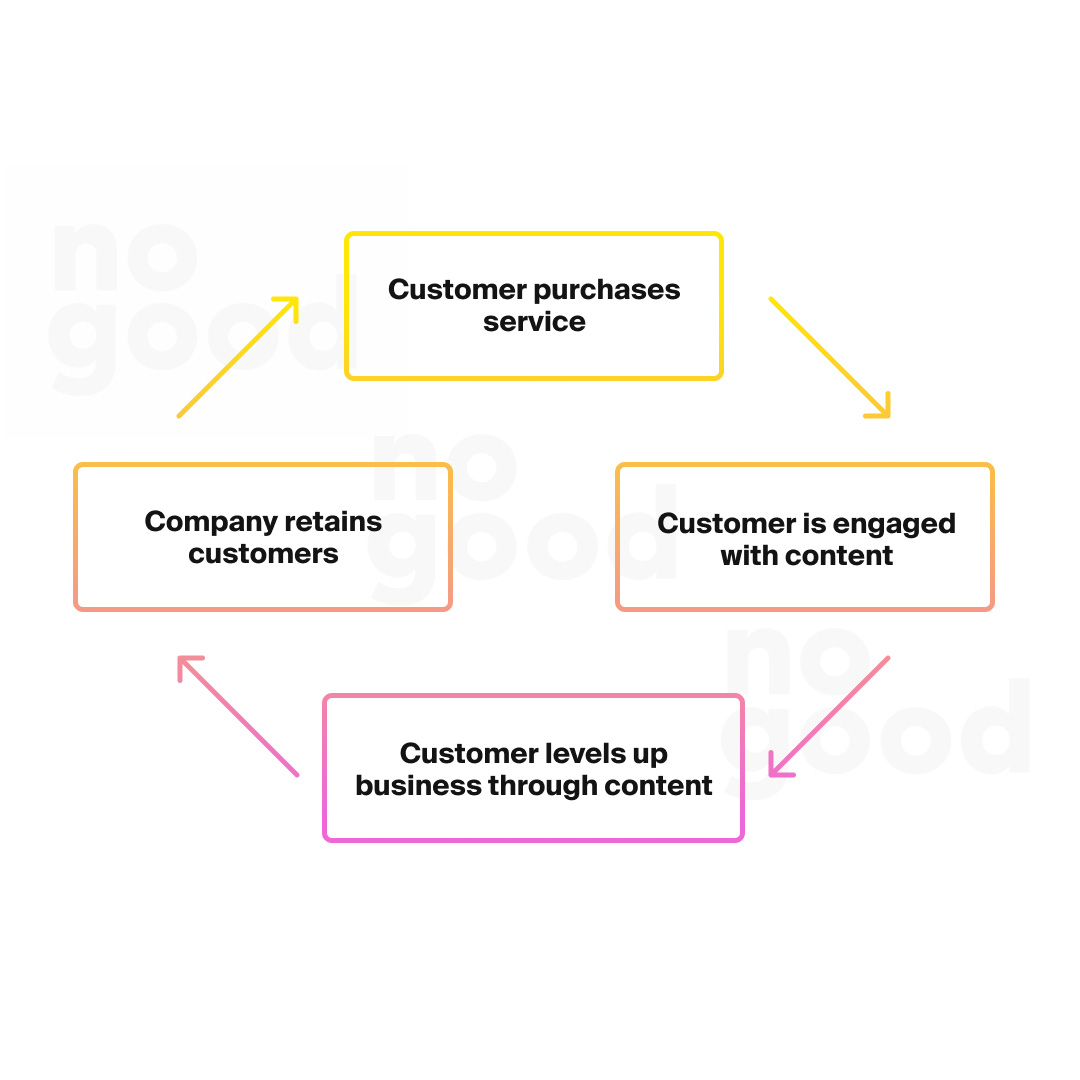
As with any content strategy, it’s important to observe and understand your content pillars and the goals that you are seeking to achieve with this strategy to inform your content decisions. Each piece of content, whether it’s a newsletter, social media channel, explainer video, or otherwise, should be produced & distributed with the exclusive purpose of nurturing loyalty & retention.
B2B SaaS Retention
For B2B SaaS companies, the mechanism for growth tend to be fairly paralleled to the mechanisms for retention — with some minor shifts in their implementation. Initiatives of content, product, & community don’t meet the end of their roads just because a prospect becomes a client, they must continue in order to keep the customer satisfied and – most importantly – heard once they have crossed the threshold of conversion.
With high conversion costs, particularly due to the nature of B2B SaaS, implementing and optimizing these practices become imperative to long-term & sustained success as high churn can drastically eat away at revenue, or worse, drive up prices for existing customers due to associated conversion costs.
Ultimately, in building a B2B SaaS company, we must also build a B2B SaaS community that helps to nurture an ecosystem where customers find value in order to keep retention rates high and support advocacy.
